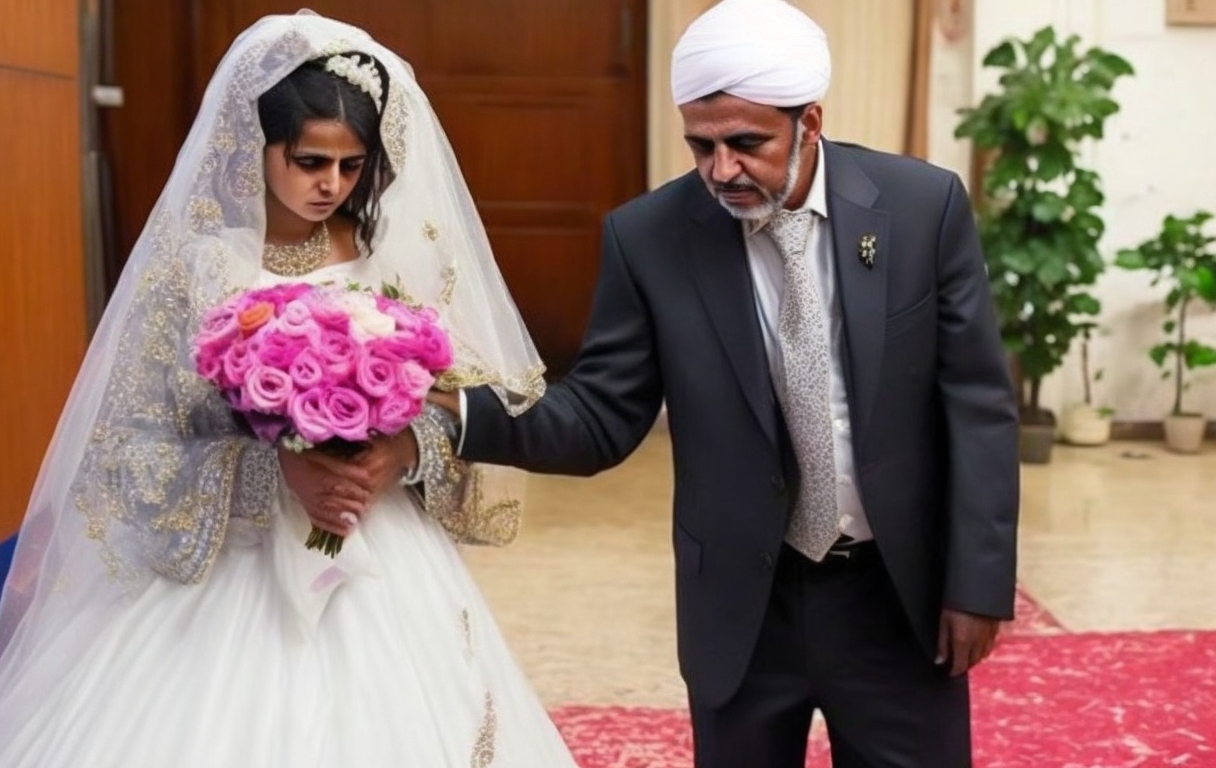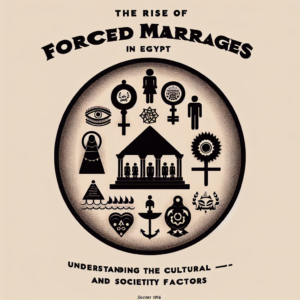Child Marriage: A Global Epidemic in Need of Urgent Attention
Introduction:
Child marriage is a global phenomenon that continues to affect millions of children, predominantly girls, worldwide. It is a deeply rooted practice, linked to cultural, social, economic, and religious factors, and is prevalent in many countries across the globe. Despite efforts to combat it, child marriage remains a persistent issue, robbing children of their childhood and thwarting their opportunities for education, health, and overall development. This article explores the various aspects of child marriage, sheds light on its consequences, and analyzes the urgent need for effective measures to end this global epidemic.
Causes and Prevalence:
Child marriage primarily stems from a complex interplay of cultural and socio-economic factors. In many societies, child marriage is deeply ingrained in tradition and is seen as a way to secure a girl’s future or protect her honor. Poverty often plays a significant role in driving child marriage, as families marry off their daughters to ease their economic burdens or receive dowry payments. Other factors such as lack of education, gender inequality, and weak legal frameworks contribute to the perpetuation of this harmful practice.
The prevalence of child marriage varies across regions and countries. According to UNICEF, it is estimated that 12 million girls under the age of 18 are married each year, which translates to one girl being married off every two seconds. Sub-Saharan Africa has the highest prevalence of child marriage, with countries like Niger and Chad having alarming rates exceeding 75%. South Asia also faces significant challenges, with countries such as Bangladesh and India witnessing high rates of child marriage.
Consequences of Child Marriage:
Child marriage has devastating consequences for the physical, emotional, and psychological well-being of children, particularly girls. These consequences extend beyond their individual lives, impacting their families, communities, and societies at large. Some of the key consequences of child marriage are:
1. Health Risks: Child brides often experience early pregnancies, leading to a higher risk of maternal and infant mortality. They are more vulnerable to complications during childbirth due to their immature bodies. Additionally, early marriage exposes girls to sexually transmitted infections and abuse.
2. Limited Education: Child marriage abruptly ends a girl’s education, depriving her of the opportunity to acquire knowledge and develop skills. This perpetuates the cycle of poverty, as education is a crucial factor in empowering individuals and communities.
3. Economic Disempowerment: Girls who marry as children are often forced into adulthood prematurely, limiting their potential for economic independence and stifling their career prospects. This perpetuates gender inequalities and hinders economic development in societies.
4. Psychological Distress: Child brides face increased rates of depression, anxiety, and overall psychological distress resulting from the abrupt transition into adulthood and the demands of marital life, often with older partners.
5. Violence and Abuse: Child brides are more vulnerable to domestic violence, sexual abuse, and marital rape. They lack the emotional and legal support necessary to protect themselves and assert their rights.
Urgent Need for Action:
Addressing child marriage requires a comprehensive and multi-faceted approach involving governments, civil society organizations, religious leaders, and communities. Key actions that need to be taken include:
1. Legal Reforms: Governments must enact and strictly enforce legislation that raises the minimum age of marriage to 18 for both girls and boys. Additionally, efforts should be made to eradicate legal loopholes that allow for early marriages with parental consent.
2. Education and Awareness: Comprehensive education programs should be implemented to raise awareness about the harmful effects of child marriage. Education can empower individuals, change social norms, and foster a sense of agency, enabling affected communities to challenge and abandon the practice.
3. Economic Empowerment: Governments and NGOs should invest in programs that promote girls’ education, skills training, and financial independence. Providing economic opportunities to girls will reduce the incentives for marrying them off at a young age.
4. Community Engagement: Engaging with communities, religious leaders, and influential figures is crucial for changing societal attitudes towards child marriage. By involving them in discussions and providing alternative perspectives, the community’s commitment to ending child marriage can be fostered.
FAQs:
1. Can boys also be victims of child marriage?
Yes, while child marriage predominantly affects girls, boys can also be victims. However, the prevalence is significantly lower compared to girls.
2. Do child marriages only occur in developing countries?
Child marriage is more prevalent in developing countries, but it is not exclusive to them. Instances of child marriage can also be found in developed countries, albeit at lower rates.
3. What is the role of cultural and religious practices in perpetuating child marriage?
Cultural and religious practices often contribute to the persistence of child marriage. However, it is essential to engage with religious leaders and communities to challenge these practices and create social change.
4. How does child marriage contribute to poverty?
Child marriage limits girls’ access to education and economic opportunities, perpetuating the cycle of poverty. Early marriages often result in young mothers being dependent on their families, lacking the skills and education to be financially independent.
Conclusion:
Child marriage is a grave violation of human rights that robs millions of children, especially girls, of their futures. It is a global epidemic that requires urgent attention and concerted efforts from governments, civil society organizations, and communities worldwide. By addressing the root causes, raising awareness, enacting and enforcing laws, promoting education and economic empowerment, and engaging with communities, we can strive to eradicate child marriage and create a more equitable and compassionate world for all children.






















